Newsletter
Sed ut perspiciatis unde.
SubscribeAlright – so today we’ve got the honor of introducing you to Eric Haines. We think you’ll enjoy our conversation, we’ve shared it below.
Eric , thanks for joining us, excited to have you contributing your stories and insights. Can you open up about a risk you’ve taken – what it was like taking that risk, why you took the risk and how it turned out?
In 2008-2009 the economy took a hit and my business slowed. My wife was a bit panicked and insisted I should look for a regular job to supplement my show income. She suggested working for the census; she wanted a safe choice. I had been building the prototype of my one man band for a couple of years, just tinkering with it, but it had been slow going, as it was all trial and error and I didn’t have any references for how the mechanical aspects would work except the Mary Poppins video, and even slight changes in geometry would throw the whole thing off. I put it into high gear and put together a rig. My wife, again seeking reassurance, asked “Is there a market for this?” I said “I don’t know.” She asked “is anyone else doing this?” I said “not that I know of.” “Then how do you know it will work?” “I have faith, but I don’t know that it will work for sure.”
I took it with me to a gig I had for the Mill Creek Festival. After I had completed my comedy juggling/six foot unicycle/marionette show I asked the coordinator if I could try out a brand new thing I had just built. They said yes and I got it out of my van. As I was putting it on by a vendor tent, a small crowd gathered before I even played a note. I knew it would work right then, it was just a matter of what I did with it as an act. I played about 10 songs, three I had written for the act and a few public domain standards like Oh Suzanna, When The Saints Go Marching In, and Yankee Doodle Dandy. I did one song where I had kids play along on tambourine (too loud) maracas and spoons. In my mind, it’s what I thought my imaginary one man band might do. It’s been a staple ever since.
A local church had a free portrait booth in front of a red banner that said “Big Top,” and I ended up using that first-day free hi-res photo of me as a promo picture for a few years. I posted some video to YouTube from the second time I used the one man band, at Hokum Hall in Seattle. From that video I got a call to do two corporate events in San Francisco that year. It was a proven act financially, artistically and audience approval-wise, right out of the gate.
I added the one man band to my fair sets that year. I would do my regular juggling, unicycling and stilt walking, and then I’d slip in a set of roving one man band. By the fair season I had figured out an on-board sound system and improved the mechanics.
In December I got a call to do a stilt walking and unicycling gig at Seatac Airport for the holidays. I took the gig but lobbied for them to let me do one man band. They were skeptical, but after they watched me do one set the booker told me it would be my primary act for the run Dec 16-24. That gig was renewed every year after that until Covid shut it down. All of that happened the first year, from taking a risk with an unproven act at the start of 2010.
I think every performer has a bit of rebellion against the safe choices of getting a “normal job” and a drive to embrace a risk. The one man band was one of my biggest risks, and has become what I’m known for. It’s led to television appearances, solid bookings, and an outlet to write original songs and patter.
My rig wasn’t a copy of Bert’s in Mary Poppins, but the angle I took regarding the visuals was certainly influenced by it. I had an image in my mind of what a one man band should look like, which I’m sure was due in part to a one man band in a cartoon somewhere that I didn’t even remember seeing. After that little seed of an idea, the rest was problem-solving and trying to figure out my unique version of a one man band. The risk paid off.
Any creative endeavor involves an element of risk. To create something that didn’t exist before means by default that the act is not limited to copying or plagiarizing something that has already been proven. I didn’t invent being a one man band, but I didn’t copy anyone else either. There are frameworks that a creative works within; a painter is influenced by the other paintings they’ve seen, and a musician is influenced by other music they’ve heard. A creative makes original work within the matrix of works that surround the art form. If they are innovative, they stretch or break the invisible rules and preconceptions that have been established as the limits of the art. Years ago I made a list of all the great artists and creators I admired, and looked at traits they had in common. Every one of them had pushed the form in an innovative direction. My list included Louis Armstrong, Fred Astaire, Buster Keaton, Bach, Bruce Lee, Carol Shelby, Nicola Tesla and many more. That one trait of constant innovation was consistent. I’ve tried to emulate that trait. I think it’s a valuable exercise: List 10 creators you admire and make a list of the traits they have in common.
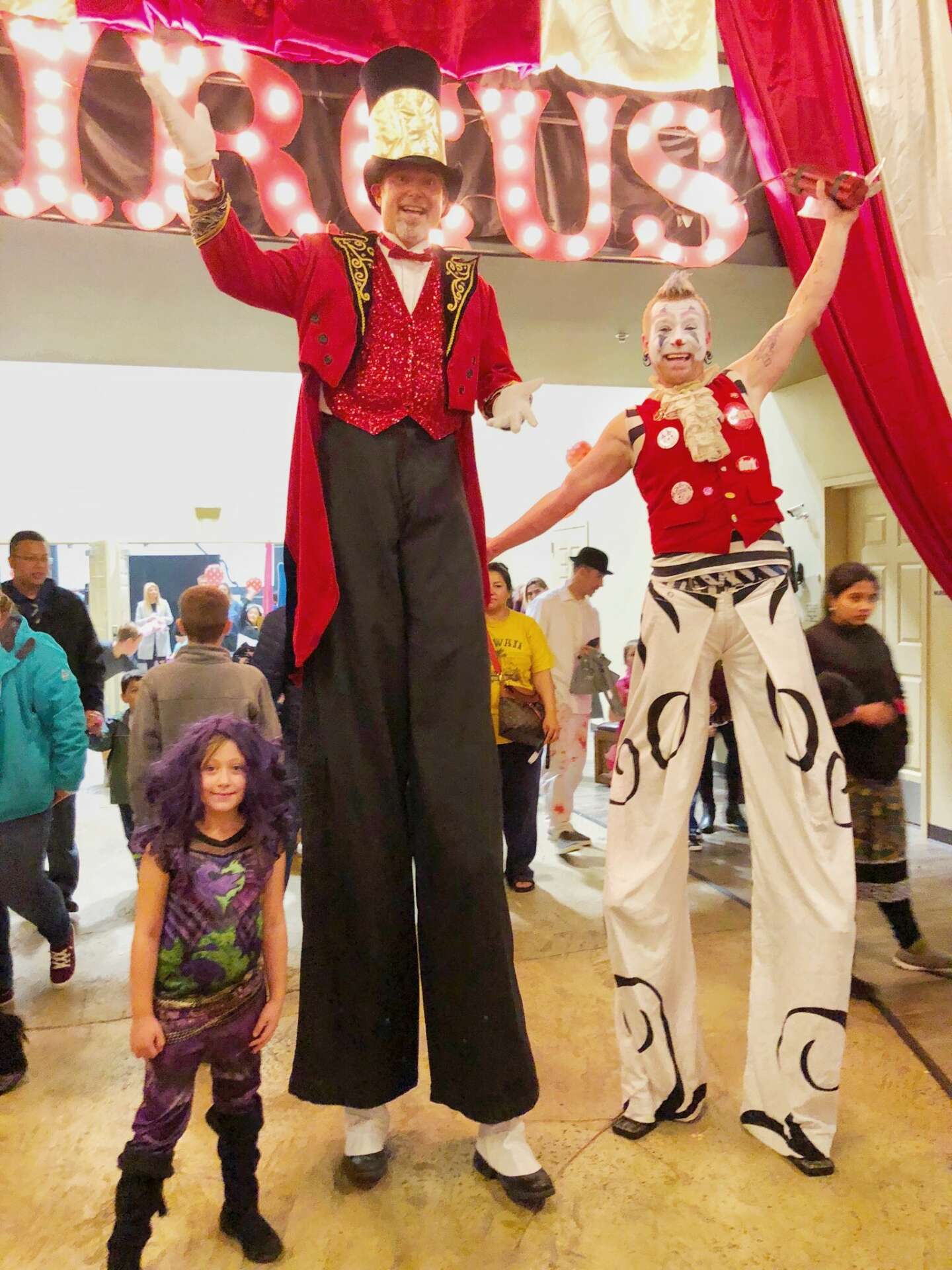
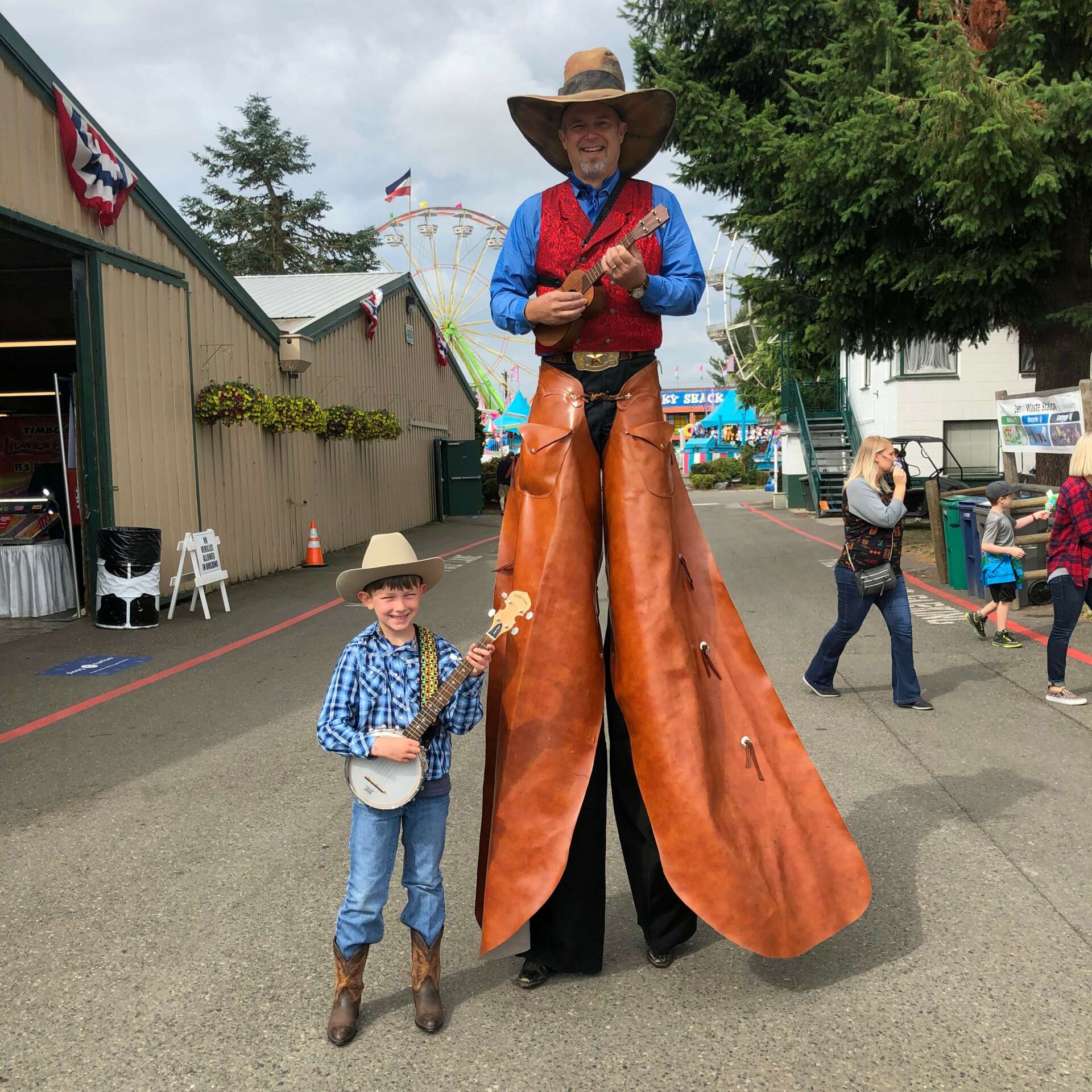

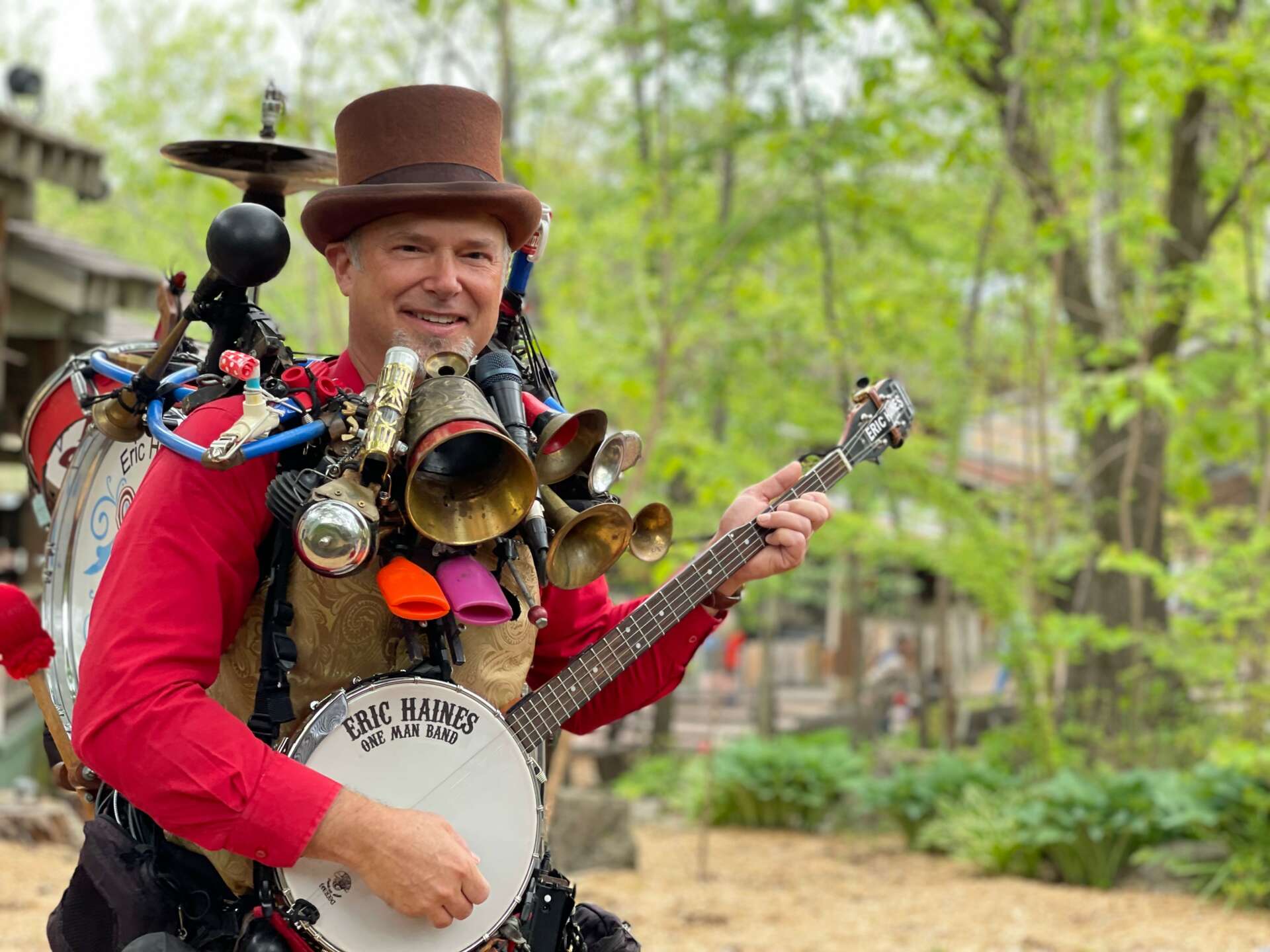
Awesome – so before we get into the rest of our questions, can you briefly introduce yourself to our readers.
Currently I’m best known as a one-man band; I’m the kind that people picture from Bert’s character in Mary Poppins. I also juggle, unicycle, and do comedy shows that are variety-arts based. I make my own props, costumes, write my own jokes, and write my own songs.
I feel I have a calling to lift people’s spirits. If I view my calling as a mission statement, it informs all of the choices I make.
I started by having an overwhelming compulsion to learn to juggle. In 1981 there weren’t resources to refer to in my town, so I figured it out on my own. Since then I’ve been self-taught on musical instruments, juggling, unicycling, prop building, instrument building, puppetry (especially marionettes) music writing and comedy writing. Once I’ve figured out the basics by trial and error, I’ll seek out resources to teach me how to “properly” do it. The process of solving the puzzle before looking up the solution is a vital process in how I learn. I’ve looked up tutorials and taken classes because I believe that talent, which is natural ability, is inferior to talent plus ambition and skill. Skill is learned behavior, and talent is God-given. Someone with low talent but a lot of ambition can outperform someone with undeveloped raw talent. The best of both worlds is talent that continually adds skill.
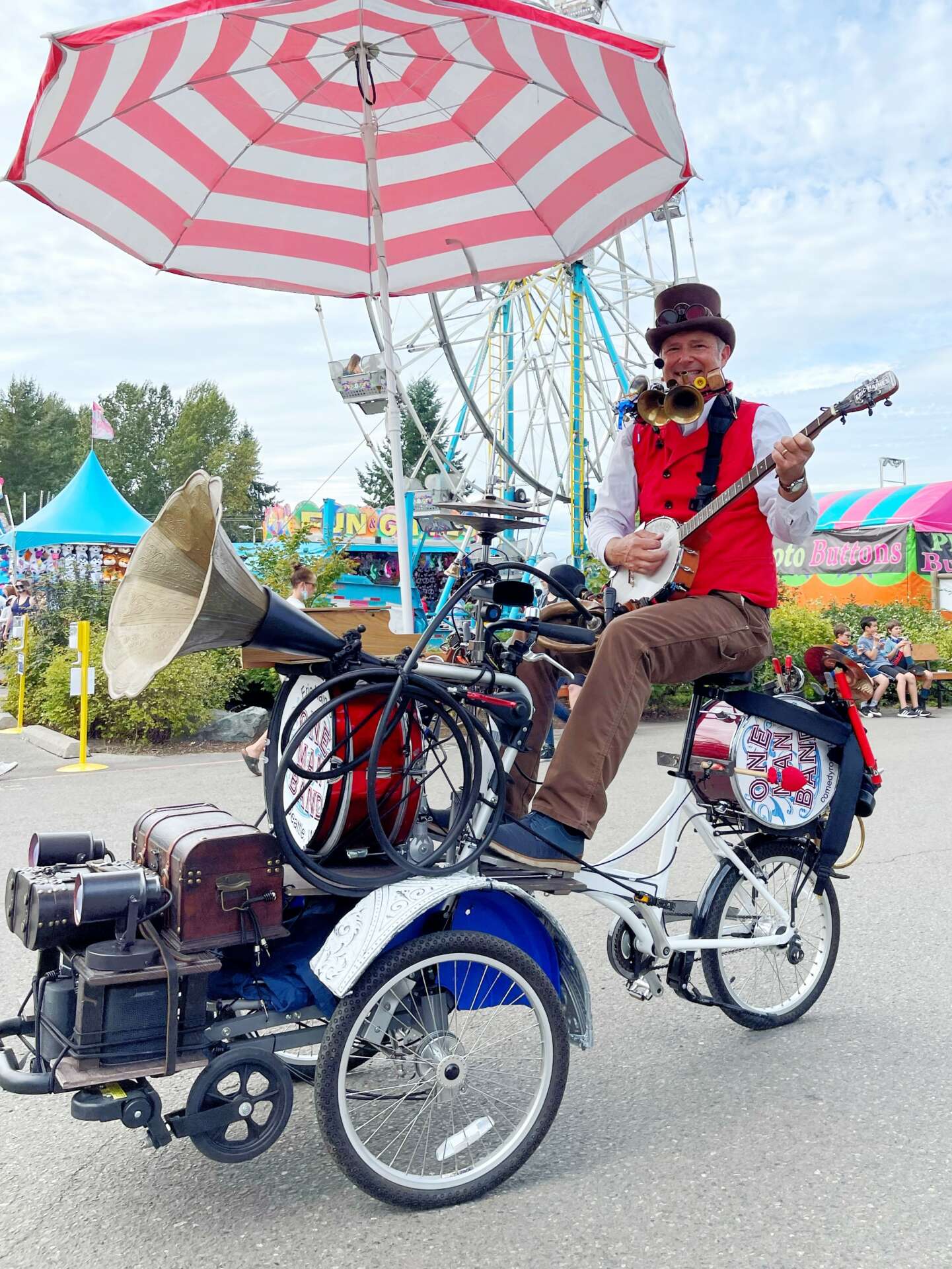
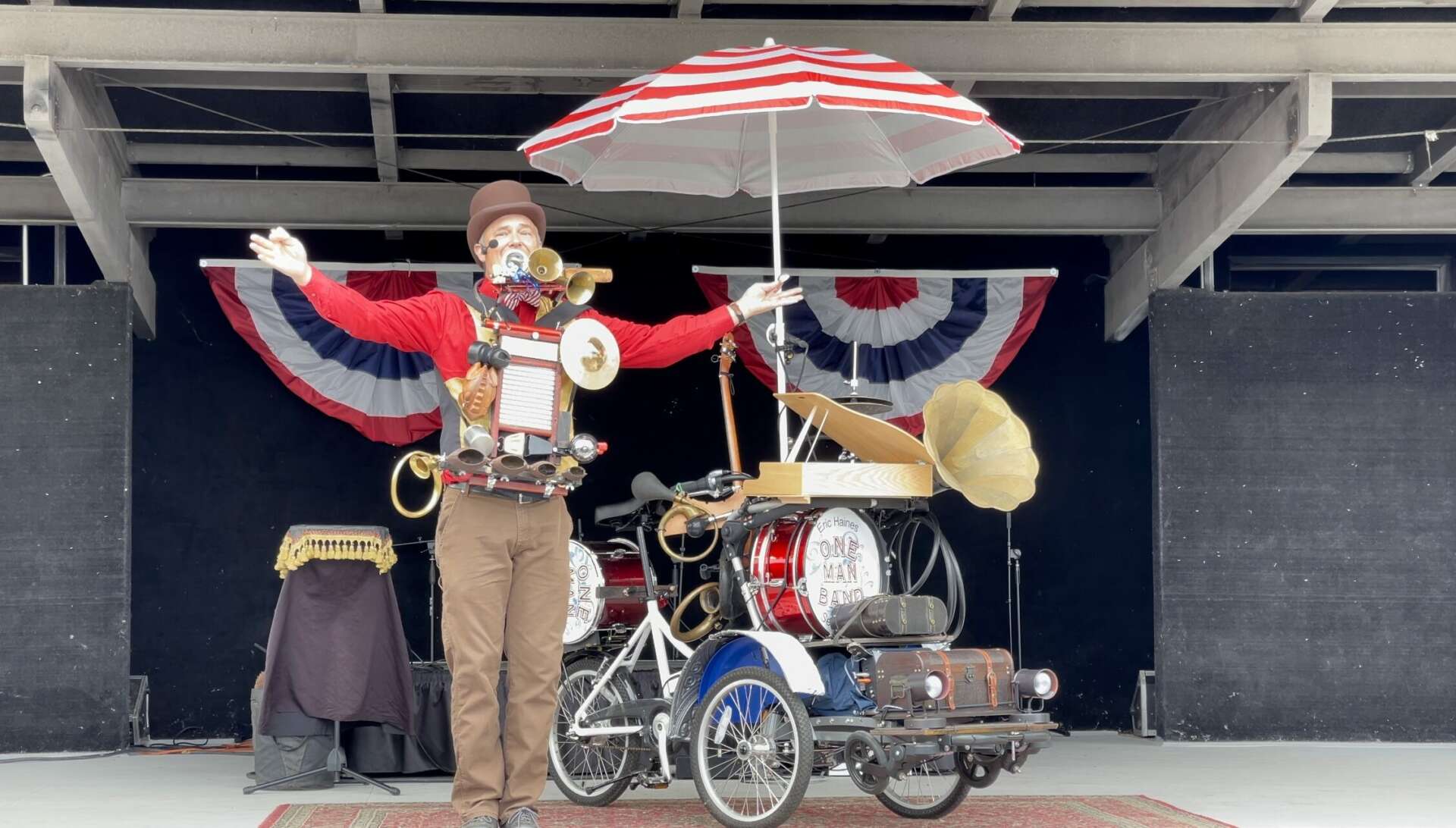
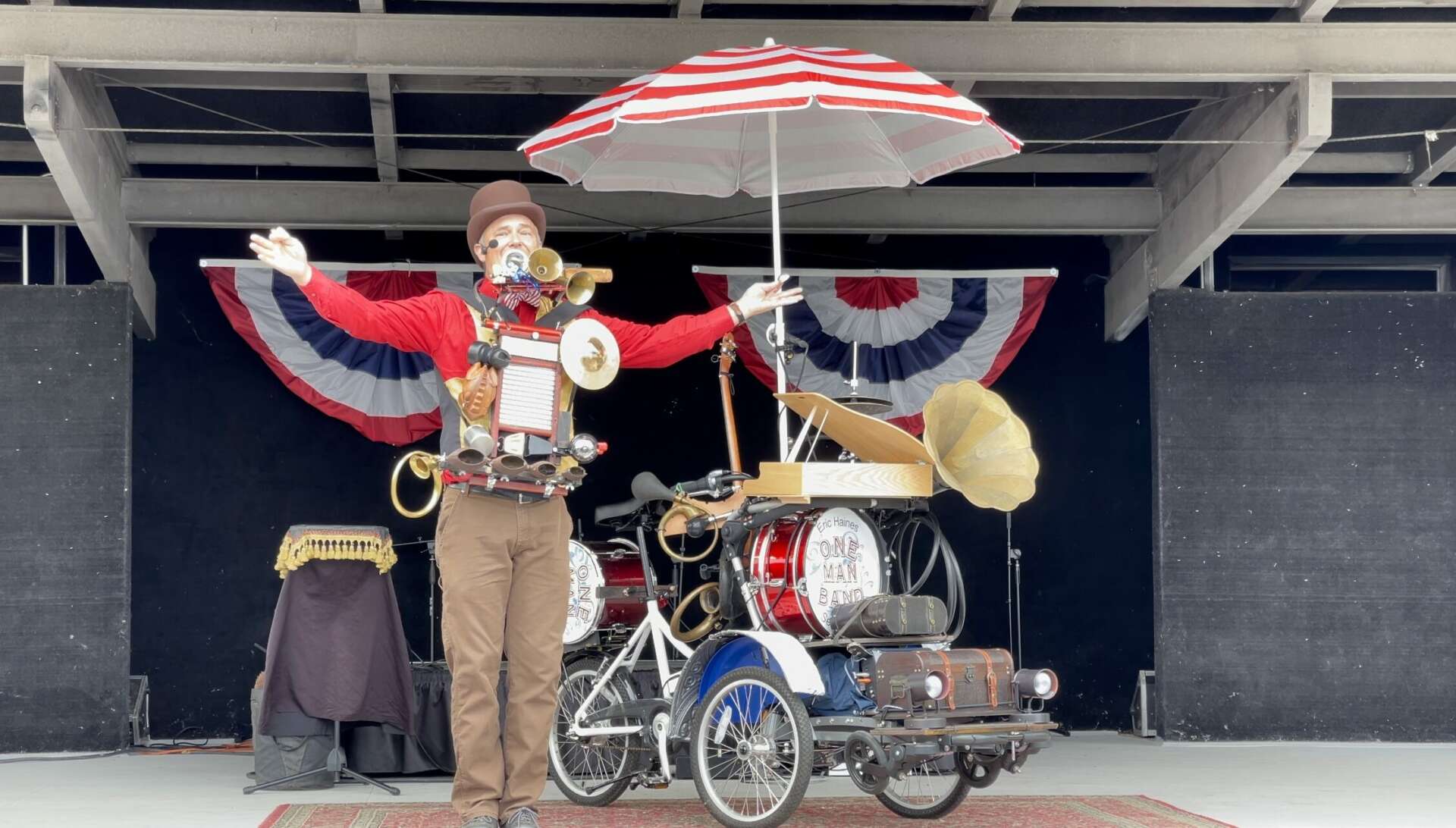
Is there something you think non-creatives will struggle to understand about your journey as a creative?
I think one of the most important lessons is that creativity is an entity on its own. Most non-creatives think it’s a tool that you pull out to achieve a goal or purpose, but a truly creative person is constantly creating, and the output that people view as the product is not a one-time event until the next one-time event. The Mona Lisa wasn’t a sudden occurrence, it was the by-product of the continual generation of new ideas and new artwork, spanning years.
Creative flow is not something that is put on temporarily like a coat, it is a source that is internally creating constantly that the works flow out of. For my bible people, good works don’t cause salvation, but are a sign that the believer has a right spirit within them, and as a sign, good works flow from them. Good works without a right spirit are superficial and insincere. After all, there is no quid pro quo with the creator of everything that is. Similarly, creative works flow from a person who has the internal spirit of creativity.
For the non-religious, the metaphor might be that creative works are drawn from an internal well like water, and if the creative lets the well dry up between times that they are not drawing from it, there will be no water. Whatever keeps the well full of water has to be kept continually open, in order to have water when it’s needed. Someone in a continual creative state, a continual state of generating new ideas, will never run dry.
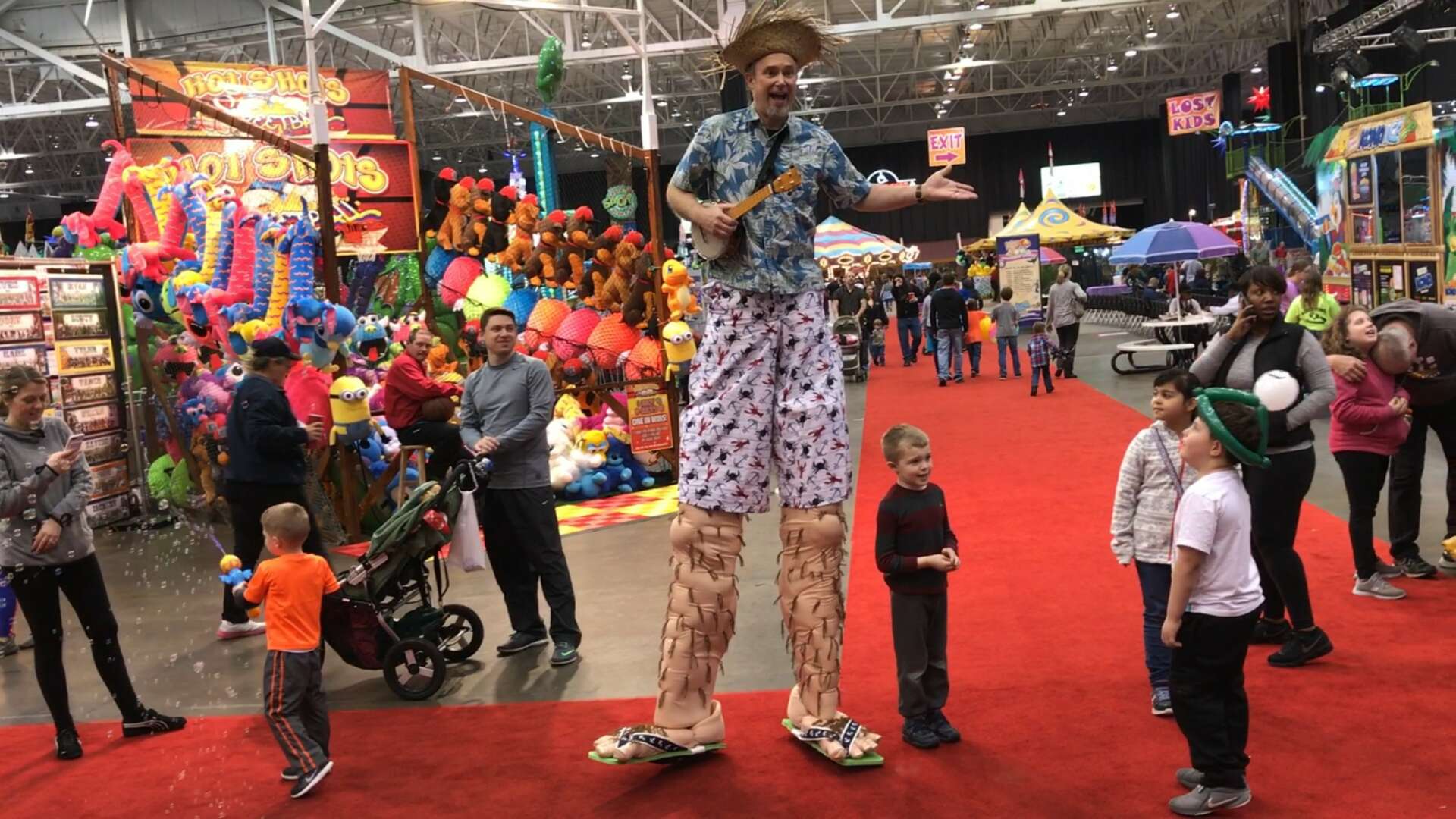
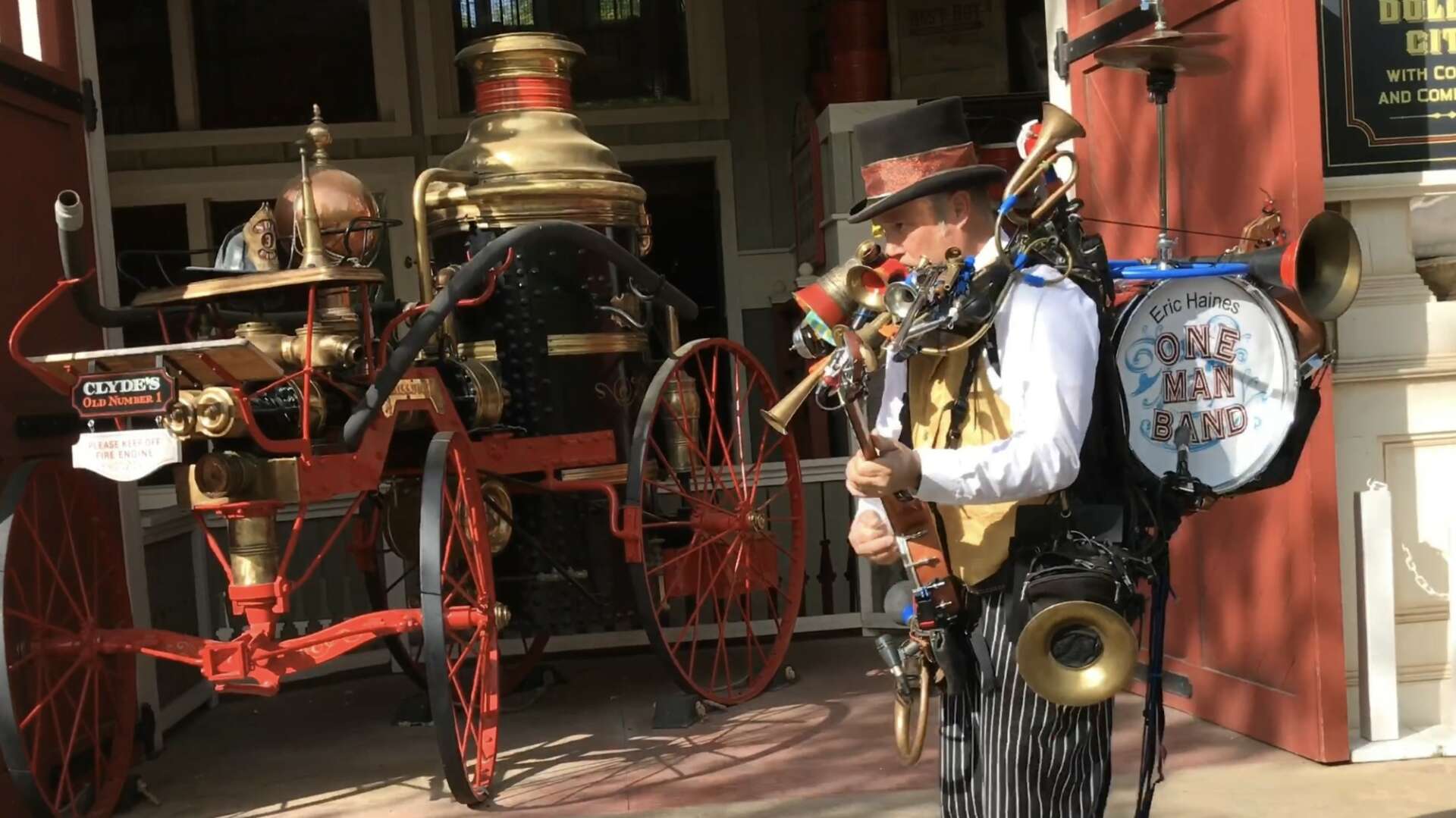
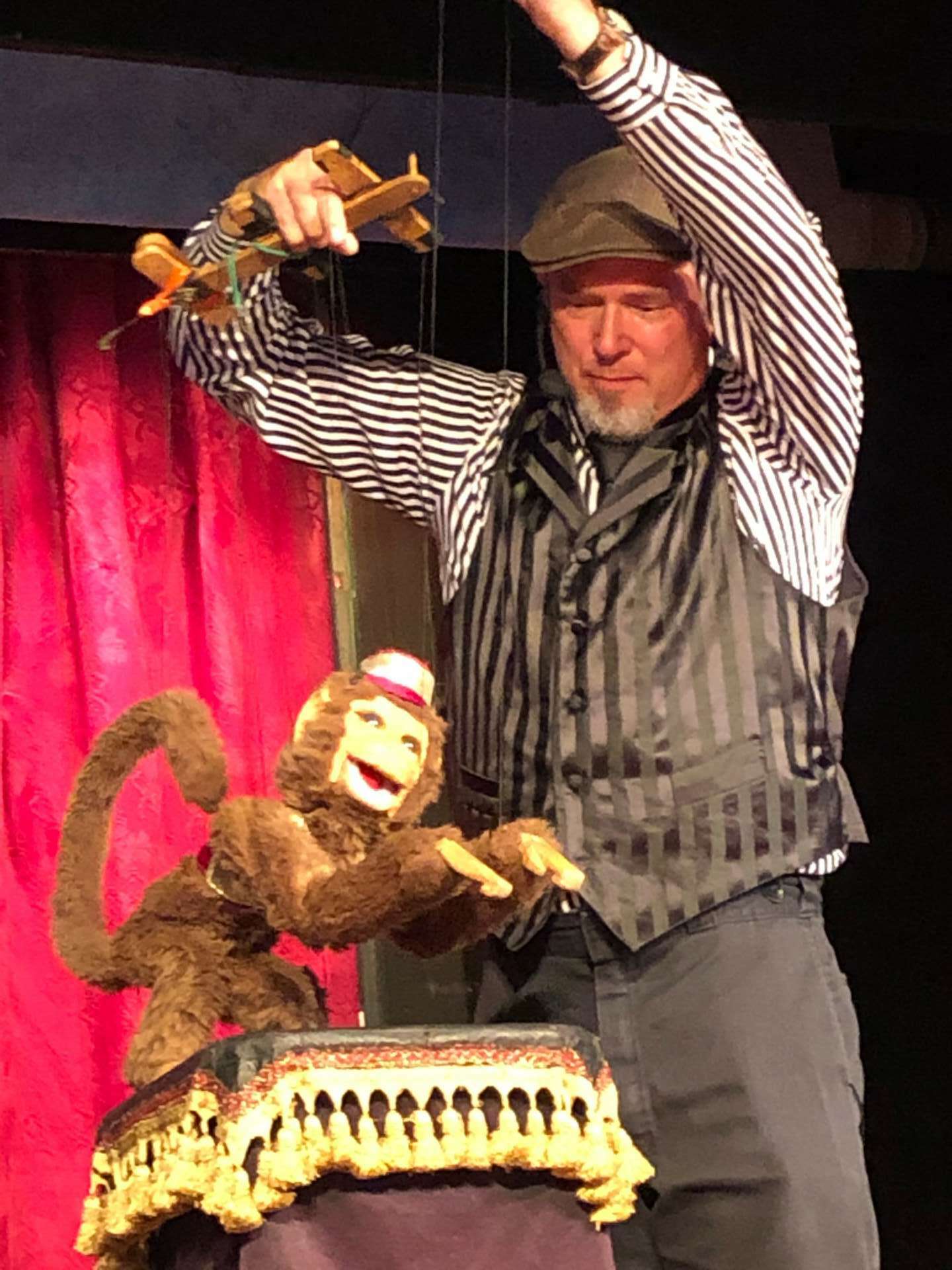
Can you share a story from your journey that illustrates your resilience?
I had been working full time as a comedian for 8 years, and shifted gears to go into the more lucrative field of family entertainment, and corporate entertainment, where the requirements were much more strict for what content is not considered offensive. My comedy club act was considered “clean” but that material was still unsuitable for a fair or festival, so I adapted to best suit the needs of my new market. Think of the market for live performance as being like an African plain. There are seasons when the herds are large, and there are seasons when a drought happens and the large herds disappear. You have to follow the herds or find different prey in order to live. Performers have to continually reinvent themselves as markets change. Either they adapt their act, or they shift to different places to perform, or they give up.
Several years in to doing fairs I had reliable repeat multi-day customers, and then the economy tanked. I had been doing comedy juggling stage shows, and suddenly had more requests for stilt walking, which was just a minor add-on up until then. The fairs saw it as a way to serve more patrons than the limited number that would see a stage show. They saw value in it, and seeing the logic in their request I created 5 more stilt characters so that I could do a different character every set each day. Pivot and adapt, if you want to remain relevant. My story for the one man band was the same. Whenever there is a challenge, a change for the negative, performers will either bow out of the industry or invent themselves anew and emerge stronger.
Contact Info:
Suggest a Story: CanvasRebel is built on recommendations from the community; it’s how we uncover hidden gems, so if you or someone you know deserves recognition please let us know
here.












